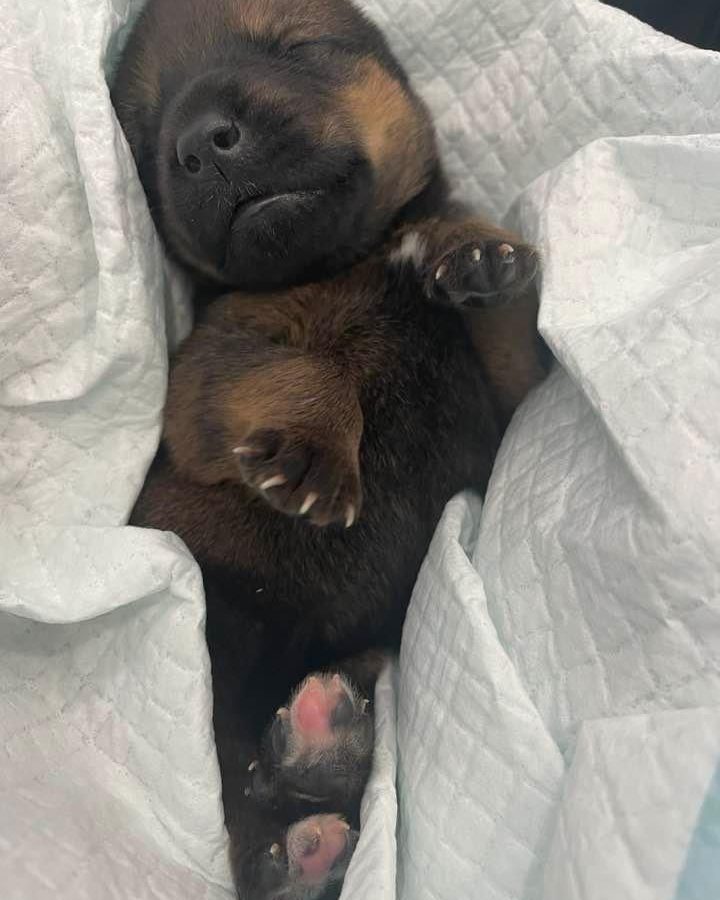By Marla Ballard
Reporter
On May 30th, the Owen’s family, of Henagar, were so excited when their Rottweiler, Rayna, gave birth to six healthy pups. However, by day two Rayna had laid on the pup they named Zoe Rose and the puppy needed 24-hour attention to survive. Mrs. Owens, Holly Lynn, and her family bottle-fed and massaged the pup back to health.
One week later Holly Lynn took Zoe Rose for a checkup at the vet where she received a health report of A+, sadly the puppy was exposed to Parvo while at the vet’s office and died from the disease. One of the other pet owners who was visiting the veterinarian’s office had brought a dog into the office and allowed the dog to run around freely and before Holly Lynn realized it the dog had made face-to-face contact with Zoe Rose. Holly Lynn found out later that the pet that had contact with Zoe Rose had Parvo.
Conscientious canine owners should know how to spot Canine Parvovirus or CPV. Unfortunately, CPV is one of the most highly-contagious viruses dogs have to contend against. While the disease is not airborne, it can be found on surfaces and spread by oral contact. There currently is no cure for Parvo, and a pet that has been infected is not immune and can contract the disease again. Symptoms of Parvo include; loss of appetite, lethargy, vomiting, and fever. While treatment options might save a pet’s life if treated quickly, the best treatment is prevention.
While dog parks are a pleasant place to sit and watch Fido frolic, they can be a breeding ground for Parvo. The fecal matter left behind or even particles of fecal matter can be detrimental. Also, continuous contact with other dogs can spread CPV. This is especially true since dogs are in the habit of putting their noses into everything as a means of identification.
Some dog breeds which seem to have a higher susceptibility to CPV are German Shepards, American Staffordshires, English Spaniels, and Doberman Pinchers. The Veterinarian’s office is obviously another place where Parvo can be contracted. Keeping your pet in a carrier or in your arms away from contact with other ill animals is a good way to protect Rover.
Dawn Wampler of Valley Head was asked to dog watch her daughter’s pets while they were on vacation. Wampler noticed one of the German Shepherd’s was not eating and took the dog to the Veterinarian’s office. “I left the dog in the car with the air conditioner on and told the office staff the symptoms,” said Wampler. “The staff asked me to leave the dog in the car and they came out to treat the animal.” Wampler said the animal was diagnosed with Parvo and is now doing fine. The Veterinarian’s request to keep the animal outside was top-notch medical care.
All pet owners should educate themselves on the various diseases their animals could contract and the prevention of such diseases. It is so easy these days since we all carry an encyclopedia in our pockets via our phones.





